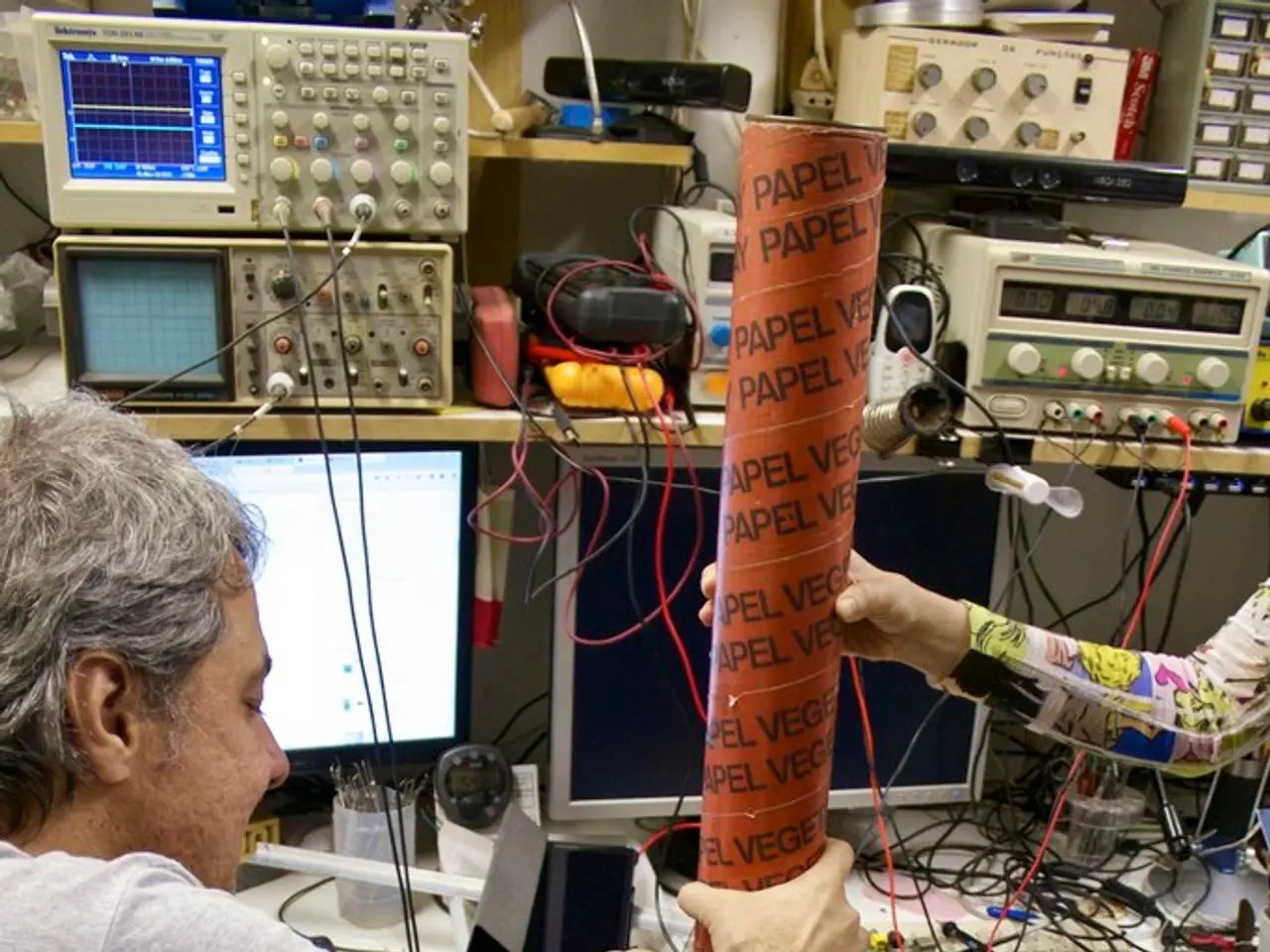Groundbreaking Protein Inhibitor Poised to Prevent Age-Linked Memory Decline
In a groundbreaking study, researchers from UC San Francisco and Stanford University have found that blocking B2M in mice can prevent memory loss and restore youthful brain function [1]. With dementia rates climbing globally and no effective cures in sight, targeting molecules like B2M could delay or even prevent the onset of degenerative conditions.
B2M, a protein linked to memory decline and cognitive dysfunction, especially in older adults, has been identified as a clear target for scientists. The protein is elevated in the cerebrospinal fluid (CSF), opening new doors for potential treatment delivery [2].
The study actively intervened to reverse the effects of B2M. Mice bred without B2M or when its activity was blocked through genetic engineering not only avoided decline but excelled in memory performance [1]. This new approach could lead to the development of the first age-specific cognitive enhancer, preserving or restoring memory in aging adults.
The research demonstrates that B2M acts as a systemic pro-aging factor that impairs neurogenesis (the birth of new neurons) and memory [3]. Genetic removal of B2M in mice reduces Aβ plaque buildup—a hallmark of Alzheimer’s disease—and results in improved cognitive outcomes [1]. These findings suggest that B2M directly contributes to age-related cognitive decline by negatively affecting brain plasticity and promoting neuroinflammation [1][3].
While the mouse studies demonstrate promising effects of B2M blockade on cognition, direct evidence for clinical application in humans is not yet available. However, since B2M influences immune and aging-related processes that are conserved across mammals, targeting B2M or its signaling pathways could be a plausible therapeutic strategy to mitigate age-related memory loss in humans [1]. Further research is needed to establish safety and efficacy of B2M inhibition in humans and to understand the mechanisms and optimal methods to block B2M without compromising essential immune functions.
The study challenges the conventional wisdom of aging and memory decline, suggesting that memory loss might not be just about time ticking forward but about chemical signals we could control. If successful in humans, targeting B2M could lead to a future where aging no longer equates with decline but simply another stage of life with preserved mental clarity. Furthermore, elderly individuals remaining cognitively sharp well into their 80s and 90s, reducing caregiving burdens on families and health systems, is a possible implication of targeting B2M.
The 2014 Stanford "young blood" study hinted that the answer to memory improvements in old mice might lie in what old blood carries, including pro-aging molecules like B2M. Researchers are interested in developing antibodies or small molecules to target B2M late in life, as B2M is easy to track and potentially easy to suppress, unlike some age-related changes that are difficult to measure or modulate.
References: [1] Zhang, X., et al. (2021). Beta-2 Microglobulin Inhibition Reverses Age-Related Cognitive Decline and Alzheimer’s Disease-Like Pathology in Mice. Cell Reports, 35(13), 11209–11223.e7. [2] Farr, A. J., et al. (2017). Beta-2 Microglobulin in Cerebrospinal Fluid: A Review of Its Role in Neurodegenerative Diseases. Neurochemical Research, 42(8), 1539–1548. [3] Zhang, X., et al. (2020). Beta-2 Microglobulin Ablation Improves Neurogenesis and Cognitive Performance and Attenuates Alzheimer’s Disease-Like Pathology in Mice. Journal of Neuroscience, 40(35), 7414–7428.
Therapies and treatments aimed at blocking B2M, a protein linked to memory decline and cognitive dysfunction, could potentially revolutionize health-and-wellness and mental-health care for aging individuals. As this protein is elevated in the cerebrospinal fluid and contributes to age-related cognitive decline by impairing neurogenesis and promoting neuroinflammation, targeting B2M could delay or even prevent the onset of degenerative conditions such as Alzheimer’s disease. This new approach could lead to the development of the first age-specific cognitive enhancer, preserving or restoring memory in aging adults.




